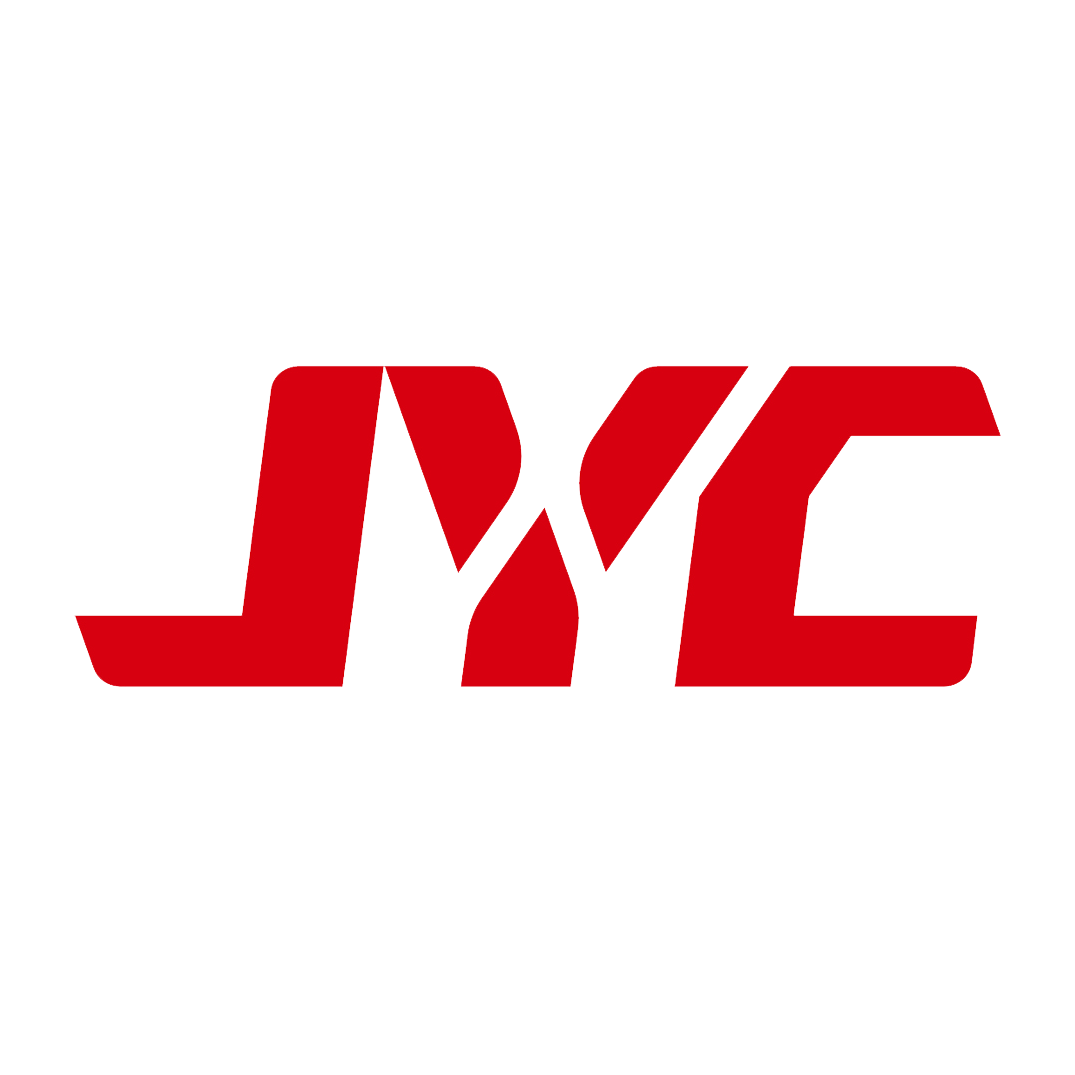
High Frequency: The Key to Better Wood Panel Production?
2024-12-11 16:19The laminated wood panel industry is constantly seeking ways to improve production efficiency and product quality. Traditional methods, while effective, often involve lengthy pressing times and present challenges in achieving consistent bonding across large batches. This article explores the limitations of conventional lamination techniques and introduces high frequency wood laminating machines as a revolutionary solution for achieving rapid, high-quality, and high-volume production.

Creating laminated wood panels typically involves the following steps:
Glue Application: Even distribution of adhesive across all layers is crucial for a strong and consistent bond. Manual application can be slow, inconsistent, and prone to errors.
Layering: Precise and careful placement of each wood layer is essential to avoid misalignment and ensure structural integrity. This process is inherently time-consuming and requires skilled labor.
Pressing: The assembled layers are then pressed together under high pressure for an extended period to allow the adhesive to cure fully. This pressing time can range from several hours to a whole day, significantly slowing down the overall production process.
Quality Control: Traditional methods often result in inconsistencies in bonding, leading to weakened panels and higher rates of defects.
These limitations directly impact production capacity, increase labor costs, and compromise product consistency. The lengthy pressing times alone represent a major bottleneck in the production pipeline.
High Frequency Wood Laminating Machines: A Technological Leap Forward
Radio frequency wood laminating machines offer a groundbreaking approach, leveraging the power of HF energy to rapidly cure the adhesive between wood layers. This innovative technology overcomes the limitations of traditional methods by:
Targeted Heating: HF energy selectively heats the adhesive, leaving the wood itself largely unaffected. This targeted heating prevents overheating and potential damage to the wood, ensuring higher quality and reducing waste.

Instantaneous Curing: The adhesive cures almost instantly, eliminating the need for lengthy pressing times. This drastically reduces cycle times and boosts production capacity.
Improved Bond Strength: The rapid and even curing of the adhesive results in consistently strong and durable bonds throughout the panel, leading to superior structural integrity.
Automated Production: JYC's High frequency wood laminating machines can be designed for integration into automated production lines, further optimizing workflow and minimizing labor costs.
Enhanced Quality Control: The precise and consistent heating ensures uniform bonding across the entire panel, minimizing defects and improving overall quality.

The Benefits of High Frequency Lamination:
Increased Production Efficiency: Significantly faster cycle times translate to higher production volumes and increased profitability.
Reduced Labor Costs: Automation and shorter cycle times minimize labor requirements, reducing overall operational expenses.
Superior Product Quality: Consistent bonding and reduced risk of wood damage lead to higher-quality laminated wood panels with improved structural integrity.
Sustainable Manufacturing: Targeted heating and reduced energy consumption contribute to a more environmentally friendly manufacturing process.

High frequency wood laminating machines represent a significant advancement in laminated wood panel production. By drastically reducing curing times, enhancing quality control, and streamlining the manufacturing process, these machines empower manufacturers to meet the growing demands of the market while achieving greater efficiency and profitability. The adoption of high frequency technology is not just an upgrade; it’s a strategic step towards a more productive and sustainable future for the laminated wood panel industry.
